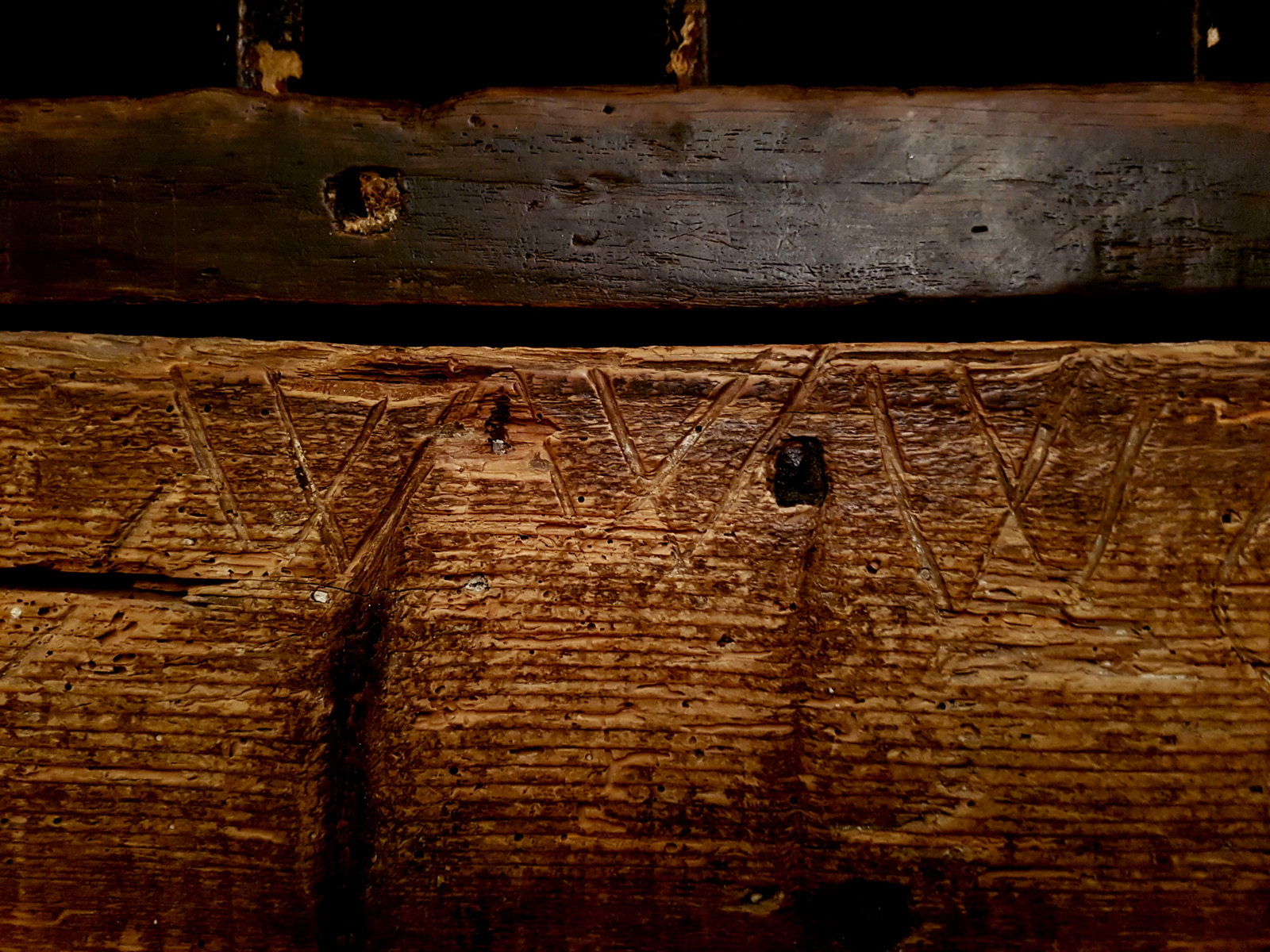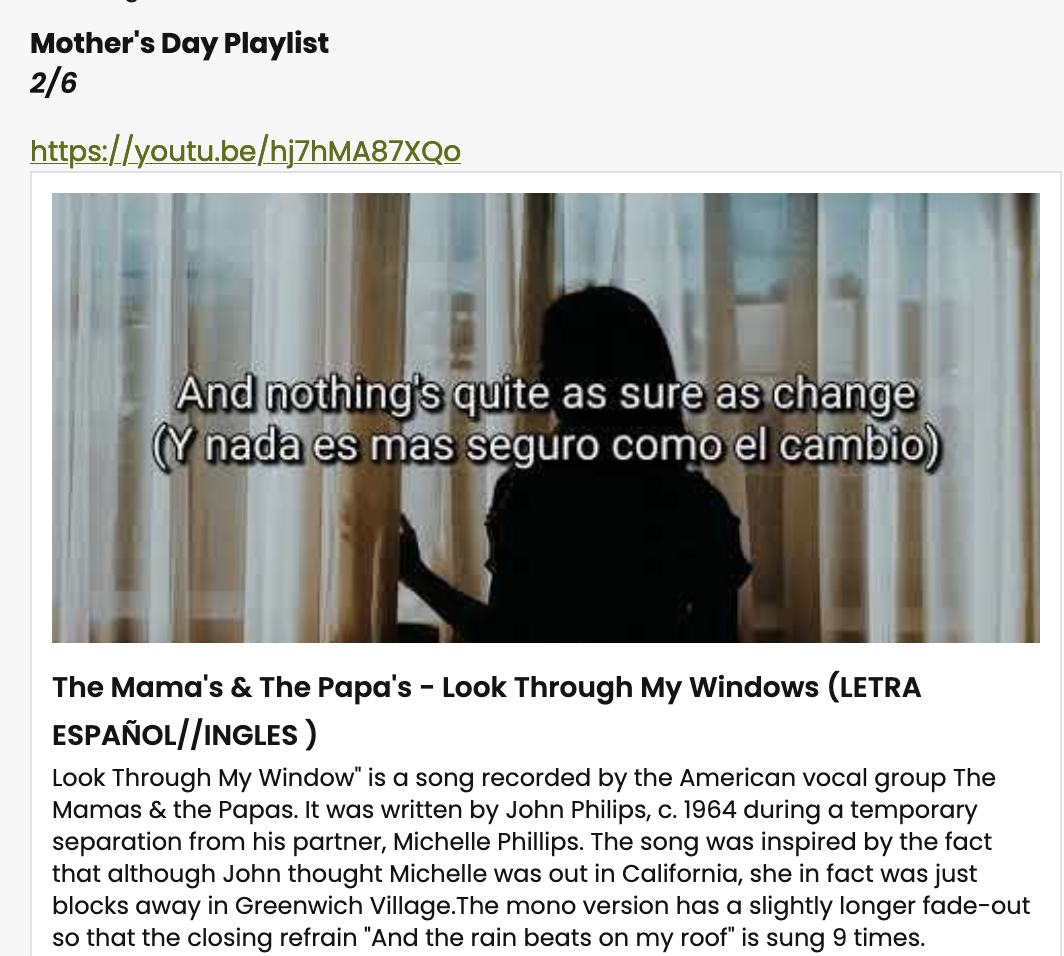Yshá`Yâhuw (Isaiah) 7
Foreshadow of the 8th "Holy Roman Empire" alliance, and the chosen. The Sign being contradicted (Luwqá’ 2:34)
- And it was during the days of ’Âchâ ́z the son of Yâhuwthâ ́m, the son of UzziyYâ ́huw, king of Yâhuwthâ ́h, Rtsíyn the king of ’Arâ ́m and Péqach the son of RmalYâ ́huw, king of Yisrâ’ë ́l came up to Yruwshâláim to do war against her, but they could not engage her in battle. 2. And it was reported to the house of Dâwíth, saying, "Exalted One (’Arâ ́m) (35) has settled with ’Ephráyim!" (36) And their hearts and the heart of their people were shaken like the trees of the forest shake due to the presence of a wind; 3. So Yâ-hwéh said to Yshá'Yâhuw, "Go out now to meet ’Âchâ ́z, you and Sh’â ́r Yâshúwv (A remnant shall return) your son, at the end of the water conduit of the Upper pool, on the road of the field of the washerman, 4. And you shall say to him, "Beware but be calm! Do not fear but do not let your heart be soft [Phílippos 67], due to the fuming tail ends of these two pokers, by the fiery anger of Rtsíyn and ’Arâ ́m, and the son of RmalYâ ́huw, 5. Because as ’Arâ ́m has advised evil against you to ’Ephráyim (37) and the son of RmalYâ ́huw, saying: 6. 'Let us go up into Yâhuwthâ ́h and let us split it up and divide it among us, and let us make the son of Ţâ ́v’ál (the Good Power) (38) be the king in the midst of it.' 7. Thus says my Sovereign Yâ-hwéh: 'She will not raise Him, and she will not cause it to be, 8. Because the head of ’Arâ ́m (39) is Damméseq (40), and the head of Damméseq is merely Rtsíyn (41), and in sixty-five more years, ’Ephráyim will be broken off from the People. 9. And the head of ’Ephráyim is Shomrówn (42), and the head of Shomrówn is merely the son of RmalYâ ́huw (43). If you do not believe firmly (Lo-Tha’amíynuw) [in the true Son of the Good Power], it is because you will not be confirmed (Lo-Thë’âmë ́nuw)."" 10. And Yâ-hwéh added, speaking to ’Âchâ ́z, saying, 11. "Request for yourself a Sign (44) from Yâ-hwéh your Power, made deep to Sh’ówl, and made exalted to the heights 12. of one overcoming the demon (yisrâ’ë ́l)!" And concerning it, said of Me ’Âchâ ́z (who has seized), who is not sâţâ ́n, "Lest of the father of the sovereign (’avadówn) of me I should request goodness, though not who is not sâţâ ́n, lest of the father of the sovereign (’avadówn) of me I should test the demon/power of His name (Shemow’ë ́l) [~single-name "Yâ-hwéh" created by sâţâ ́n (Secret Book of Yâhuwchânâ ́n)], being Yâ-hwéh Yâhuwshúa 13. of one overcoming the demon (yisrâ’ë ́l)?" And concerning it, of Me he [~Yshá'Yâhuw] said, "Listen ye now: of Yâ-hwéh, the house of Dâwíth are workers of good. Concerning the father of the sovereign (’avadówn), is the little One (m.) belonging to you, sister, being a competition to offer a gate/entrance (f.) belonging to the dirt-men (’âthâ ́m) 40 [~the number of the vanity] of one overcoming the demon (yisrâ’ë ́l)? And how to give birth by means of Yâ-hwéh Yâhuwshúa do ye offer a gate (f.)/entrance, being a competition?" 14. For the sake of one overcoming the demon (yisrâ’ë ́l) being this One (n.), shall Yâ-hwéh Yâhuwshúa give to the unclean one of Me, the same One (m.) is the Son for the benefit of ye, to the sister [~unpaired néphesh (f.)], being a sign (45) [Luwqá 2:34, Nikódemos 16:2]: Look! She which is not the virgin [~the middle Mother without Wisdom (1 Moshéh 3:16)] among the ones (m.) within one overcoming the demon (yisrâ’ë ́l) is with the pregnant-belly pertaining to the trained-habit of one overcoming the demon (yisrâ’ë ́l), and she shall bring forth of Me the Son for the advantage of one overcoming the demon (yisrâ’ë ́l), though of Me ye [~the middle sister (MattithYâ ́huw 1:23)] will call aloud, with the ones (n./m.) [~widow underneath] being the youth [~yaldabosheth (spawn of shame), sâţâ ́n], "The name of the same One (m.) of the Son, is 'the demonic-power with us (Immâ ́nuw ’ël)'"; 15. He will eat butter and honey [~spiritual food from the heavens] for Him to know to reject the evil and to choose the good, 16. Because by the time the Youth recognizes to reject the evil and to choose the good [Judgment Day], the country [Yisrâ’ë ́l] that you are loathing will be forsaken due to the presence of her two kings [~"Holy Roman Empire (46)"]. 17. Yâ-hwéh will bring upon you [royals] and upon your people [Yâhuwthâ ́h] and upon the house of your father [Dâwíth] such days as have not come since the days ’Ephráyim is to turn away from Yâhuwthâ ́h (47) unto the King of Successful One (’Ashshúwr) [~ the impostor from Germany]. [Dâ ́niyyë ́’l 11:21] 18. And it shall be at that day that Yâ-hwéh will whistle for the fly that dominates the allotment in the perimeter of the watercourses of Entrenchments (Mitsráyim) (48) [~king #1 - pope/ preacher of the Lie] and for the bee that is in the land of Successful One (’Ashshúwr) [~king #2 - image of the Beast], 19. and they will come and all of them will settle into the steep ravines and in the crevices of the rocks [~true believers] and on all of the thornbushes [~apostate Christians] and at all of the water holes. [Dâ ́niyyë ́’l 11:40] 20. On that Day, my Sovereign shall shave [her, the Land] with the razor of the hired laborer [Disclosure 13:5, Yâhuwchânâ ́n 10:12-13] from across the river, the King of Successful One (’Ashshúwr) [~Great persecution by the anointed of the Lie from Germany], the head and the hair of the legs and it will also take off the beard! 21. And it shall be during that Day, a Man (’Iysh) will keep alive a heifer of a cow and two goats [~the chosen]. 22. And it shall be from the abundance of the milk produced, He will eat butter, because all the ones remaining [144,000] in the midst of the Land [of Yisrâ’ë ́l] will eat butter and honey. 23. And it shall be in that Day, there shall be a thousand of the Vine worth a thousand of silver at every place instead of the briers and instead of the thorns [~Apostate Christians] that were there. 24. By the arrows and by the bow He [Yâhuwshúa`] will invade there because all of the Land shall be of the Brier [~pope/ preacher of the Lie] and Thorn [~image of the Beast]. 25. But all of the mountains [~kingdoms outside] that were cultivated by the hoe [~Christianity] you [singular: house of Dâwíth] shall not invade there, which is the fear of the brier and thorn, though it shall become for the ranging of steers and for the flock to run." [~Final takeover]
(35) This term, Strong's 0758, is related to the name of Rome, which comes from Strong's 07311 and is 07315. In this history, it foreshadows Roman Catholicism.
(36) Within the allegorical meaning of this foreshadowing event, this symbolizes Roman Catholicism coming into peaceful agreement with Anglican Protestantism, and planning to plant their Impostor as the king for the "Yehuwthím".
(37) The son of Yâhuwçë ́ph and inheritor of the name Yisrâ’ë ́l, this is geopolitically USA and Scotland, but spiritually this is Christianity, possibly particularly Anglican. As these broke away from Yâhuwthâ ́h after Shlómoh,
(38) This name comes from Towv (Good) and ’ël (mighty One, Power). Apparently "the son of the Good Power" is a foreshadow of Yâhuwshúa, which explains Yâ-hwéh's response to this.
(39) This people invaded and corrupted the Ivríym, and their language and even replaced their alphabet with theirs. Thus, spiritually, they represent corrupt Christianity, namely Roman Catholicism, since these also invaded and corrupted the Ivríym, and their language and even replaced their alphabet with theirs.
(40) Meaning: "Silenced is the sackcloth wearer". Spiritually symbolizing the Vatican, because they head ’Arâ ́m, which as explained, represents Roman Catholicism. Sackcloth is black, much like the colors of their clergy.
(41) Meaning: "Firm" as in "self-willed".
(42) Meaning: "Watch mountain". This city was the capital of the northern kingdom of Yisrâ’ë ́l.
(43) The one who WAS to raise Him and cause Him to be King in Yâhuwthâ ́h is the virgin of Yisrâ’ë ́l, and His head, the good Power of Yâ-hwéh.
(44) The reason we capitalize this Sign is because it is Yâhuwshúa, Who was made deep to Sh’ówl and made exalted to the heights.
(45) Since the impostor adversary passes himself off as being the Son, while being a demon (’ël), it is a sign that both the sister and the satanist widow call the impostor posing as the Son this term, Immâ ́nuw’ël, the demon with us.
(46) The "Holy Roman Empire" has two kings, a secular king (German in the case of the eighth head), and a religious king (the Pope, the king of adulterous Yisrâ’ë ́l), here both foreshadowed by ’Ashshúwr and ’Ephráyim. It is likely in view of these scriptures and others seen later in this book, that the Preacher of the Lie, the Pope, will be coming from somewhere in Protestantism, aiding its rejoining Catholicism.
(47) This alliance of ’Ephráyim and ’Ashshúwr against Yâhuwthâ ́h was a foreshadow of how politically and spiritually Anglo-America and its Protestantism will join the German Holy Roman Empire and its Catholicism turning away from supporting the Jews in order to have them both invade the Land to install their own rendition of the anointed.
(48) Spiritually symbolic of being at the filthy end of the flow of paganism, although the Lie concerns all of its contents. The Entrenchments is a spiritual term for Protestant Christianity. It is likely the future source of the preacher of the Lie, a Pope, this way reconciling Protestantism with Catholicism.
#Yahweh #Yahuwshua #Savior #love #mercy #obedience #happiness #grace #joy

 #2 And
#2 And 















 #1
#1